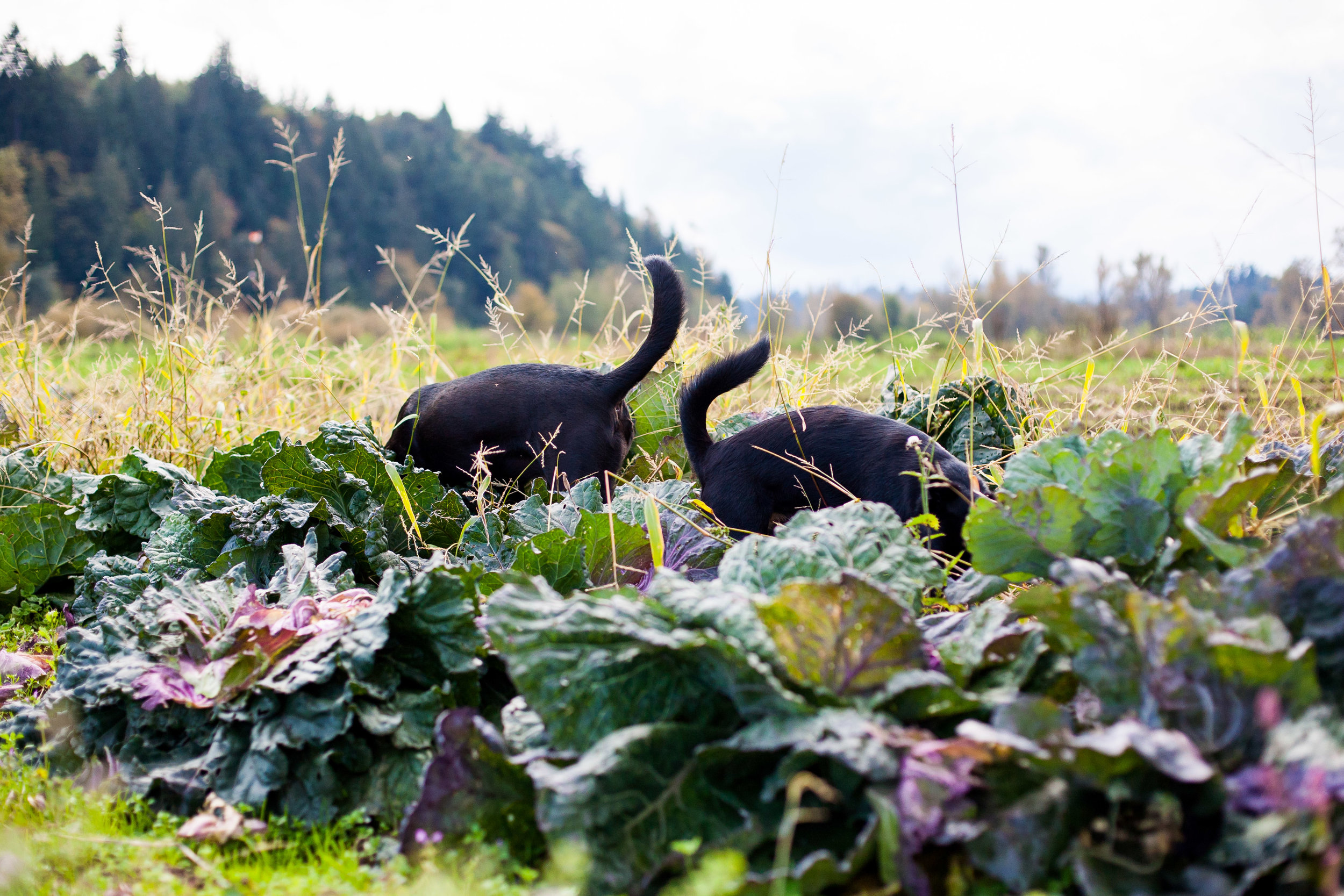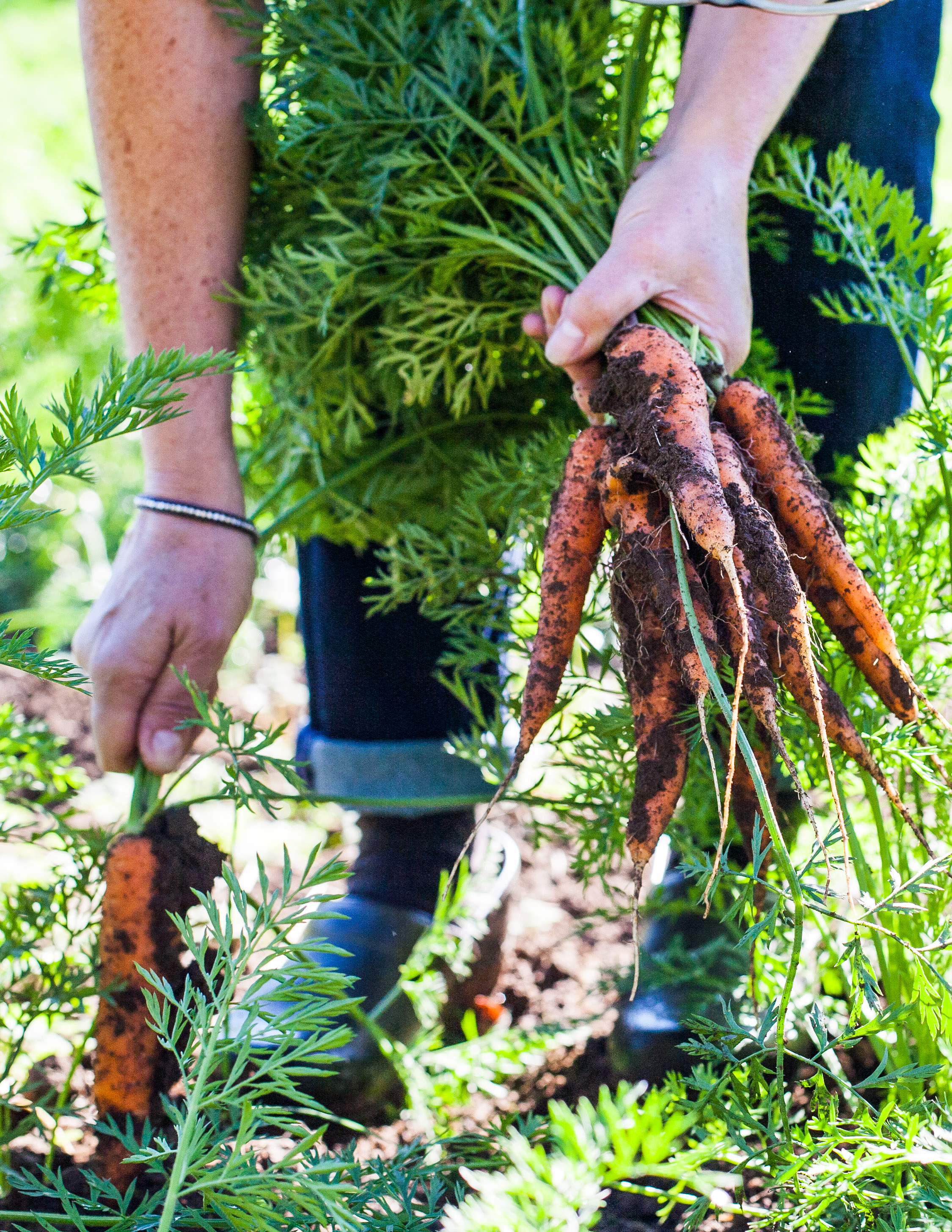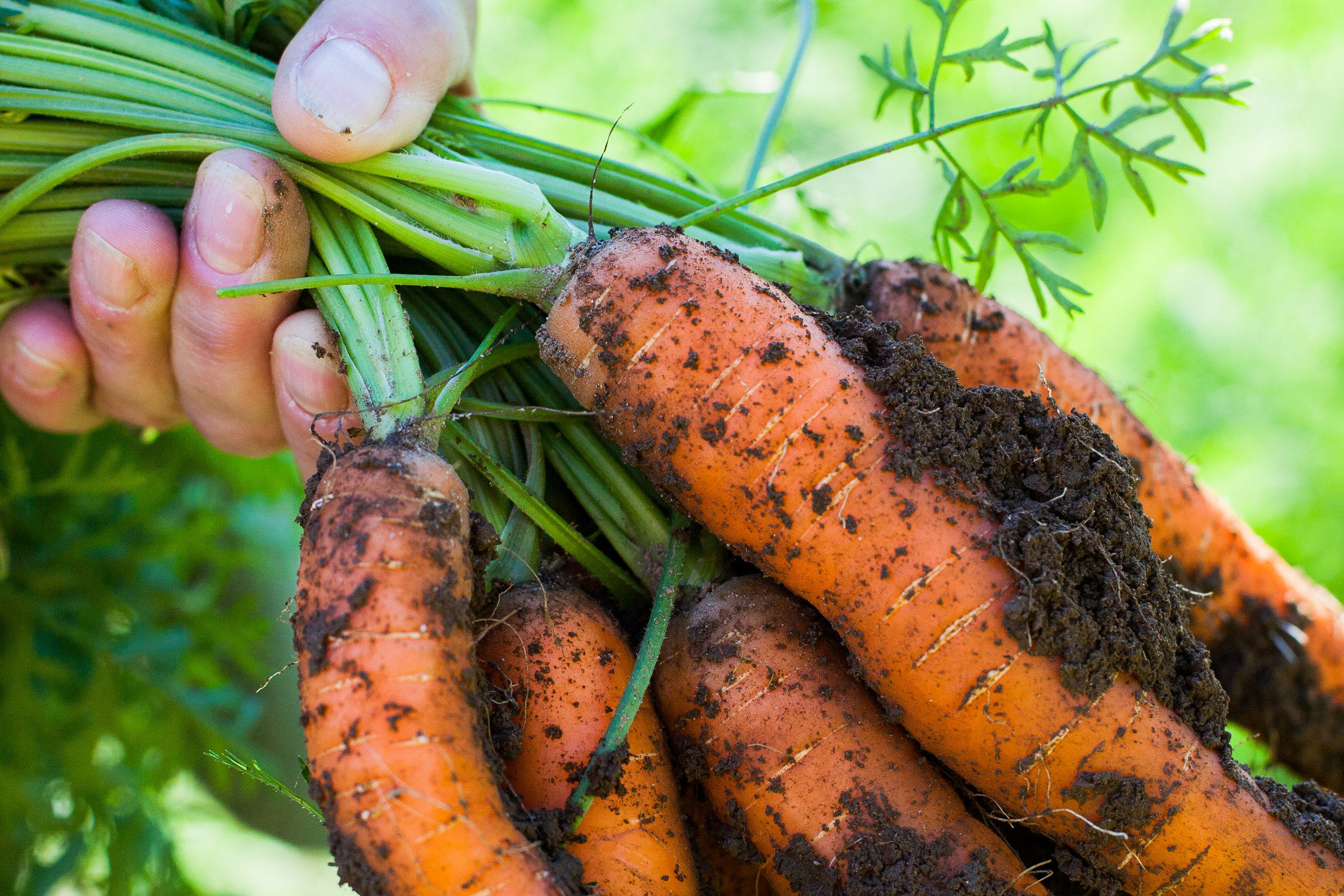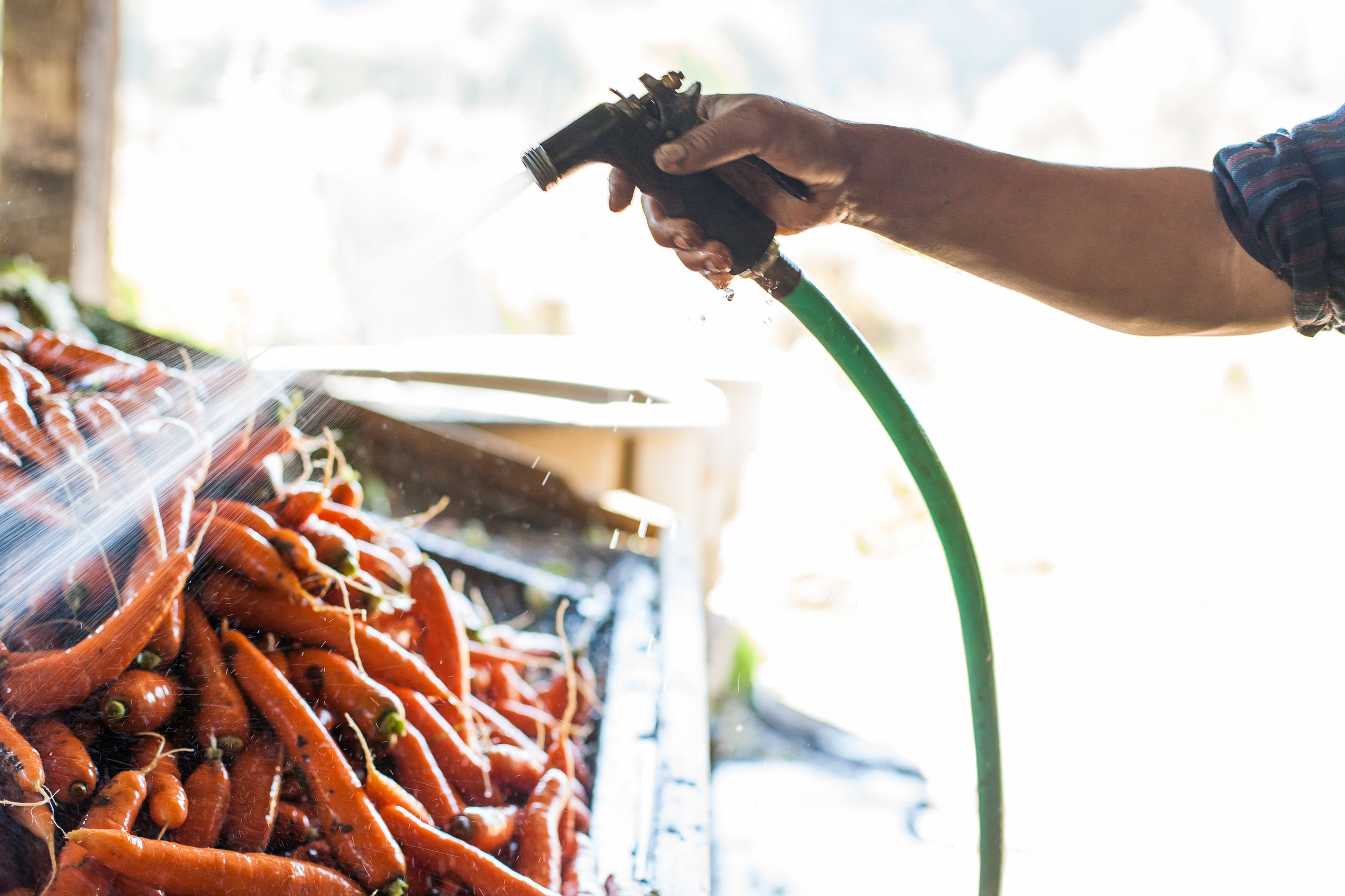Did you know that most Americans are removed from agriculture by at least three generations? That means most of us did not grow up with a family milk cow, or gather eggs, water animals or run the combine at harvest. Which means there is a gap in knowledge about agriculture in general, but also in farming practices and terms. What does no-till mean? What is grass-fed, pastured, etc.etc. There are so many buzzwords, its no wonder people are confused and might be distrustful.
Over the past few years I have learned something about connecting with farmers and in helping tell their stories. These are my tips, but please feel free to add your own in the comments below!
Storytelling might be the oldest form of communication. Historical methods range from drawings to oral, the written word and photography to current times where we employ our stories over digital platforms. The conveying of events has evolved over the centuries, and decades. These days it feels as if it’s evolving at light speed – raise your hand if you find it hard to keep up with all the social media platforms and apps. Sometimes I feel as if I sign up and abandon apps on a weekly basis.
It’s amazing that you can now you can share your story with millions of people within seconds. You can even broadcast your own show! What an amazing opportunity to tell your story. Your story is your product. Your story is the heart and soul of your business. So how do we tell that story?
WHAT IS THE GOAL OF A STORY?
Storytelling is often broken out into four different buckets; entertainment, education, cultural preservation and instilling values. How do we apply that to telling a farm story? And how do you stand out?
· entertainment – pretty pictures, funny things that happen along the way, behind the scenes
· education – what it takes to grow food, what farm-related language mean in layman’s terms
· cultural preservation – family owned farms and their place in our society/culture
· instilling values – valuing/appreciating hard work, valuing the land, and the resulting food
HOW TO STAND OUT? WHAT IS YOUR MISSION?
To stand out in a sea of social media platforms, and its resulting ‘noise’ you really need to have
• A Clear Point of View
• Consistent Narrative and Aesthetic
• True Meaning
The easiest way to get started on accomplishing that is to create a mission statement for your storytelling platforms. It really does not have to be complicated; it can be just a few words. Let me give you a few examples –
Purveyors of Delicious (a vegetable farm)
Lover of things that grow in the ground and on trees (a vegan food blogger)
A peek into the unique relationship between farmers and city residents (a farmers market)
Eat Real Food (a chef)
A dream, a leap, and a whole lot of work (new farmers)
Raising the delicious beef that's on your dinner plate and love talking about it! (cattle rancher)
A story of gratitude, community, and farmers (me!)
There really is importance of knowing what your mission is. Everyone needs guideposts; it gives your work purpose. I will caution you that aren’t so specific that you feel painted into a corner, and not so broad that it feels like babble.
Once you have your mission statement then you can really begin to hone in on the stories you want to tell. Visual storytelling has become a very prominent way to do this – nearly everyone has a camera phone and access to social media platforms so let’s tackle Photography as a story telling medium. When I photograph a farm I find myself in one of these two positions:
• Story in mind – finding the shots to realize the narrative
• No story in mind – finding the story and creating the narrative
Sometimes I will arrive on a farm and will have this great story in mind and then I get there and they’re growing one single row of parsley. What to do? How do you find a story to share if there is nothing going on? How do you create the narrative? A couple of seasons ago, I arrived on a farm at the end of the season – there weren’t a bunch of folks in the fields, the sun was lower in the sky, and there aren’t a whole lot of vegetables around. As we walked past some carrots I decided I was going to have to direct some shots. So I asked the farmer if she would harvest some carrots. Then as we wandered around – I discovered a few crew-members in the barn washing produce in the processing room, packing CSA boxes and weighing out produce for delivery. Jackpot – now I had an opportunity to gather the rest of my story. I'll post those images a little bit later in this post. Ultimately, I just photographed what moved me, what I found interesting. Look for textures, colors, and personalities. Find what moves you – chances are you will move someone as well.
VISUAL STORYTELLING
There is a widely accepted formula for visual storytelling – some of you may find that you do this naturally anyway. But let’s break it down:
WIDE – These are establishing shots; they give you a sense of place. You can see the landscape, they tell the viewer what to expect
MEDIUM – a little more detail – most shots will be here in this range
DETAIL – this adds texture and color to your story
PORTRAIT – give character to your story, people, animals, sometimes inanimate objects
ACTION – a sense of work and movement
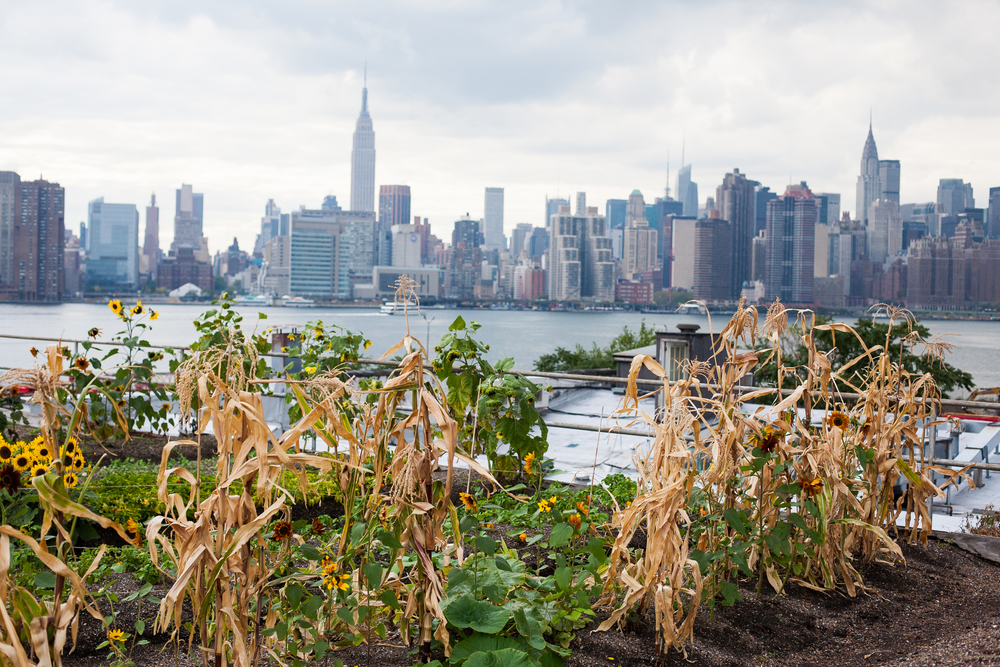
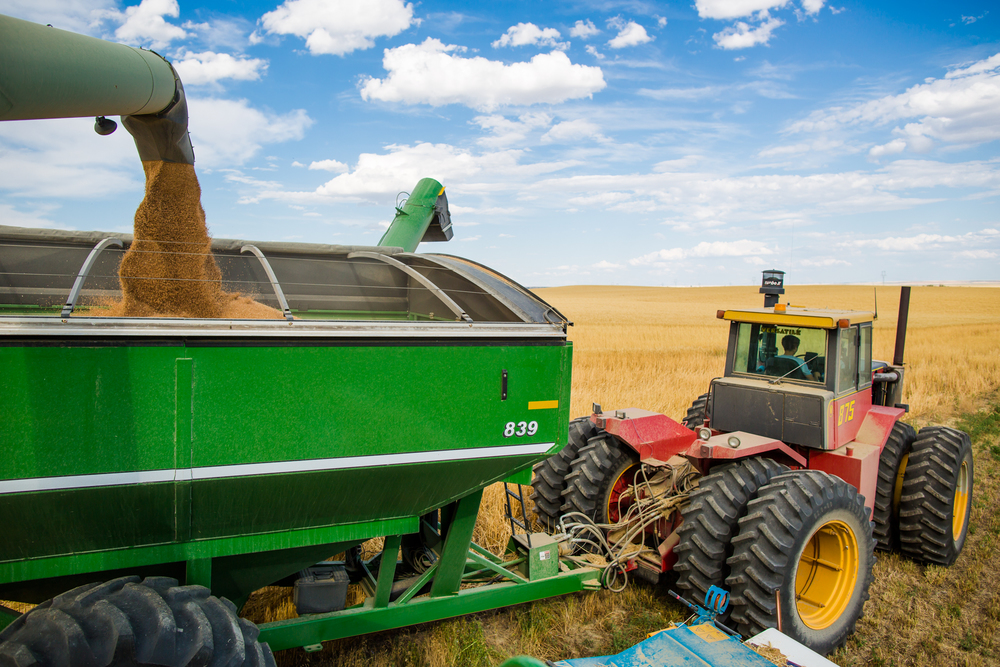


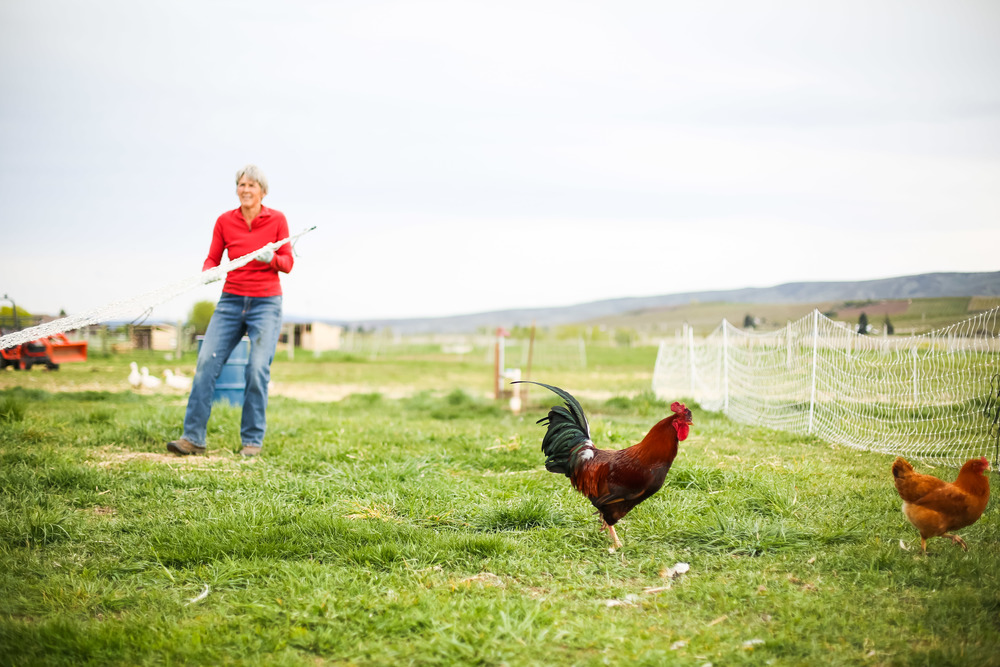
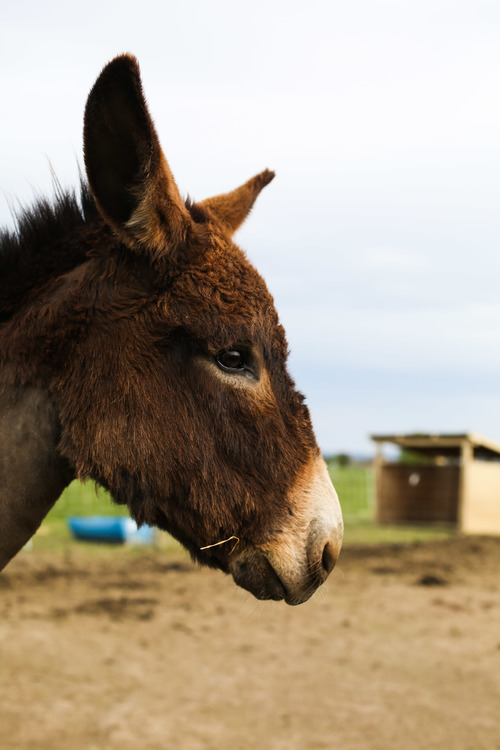


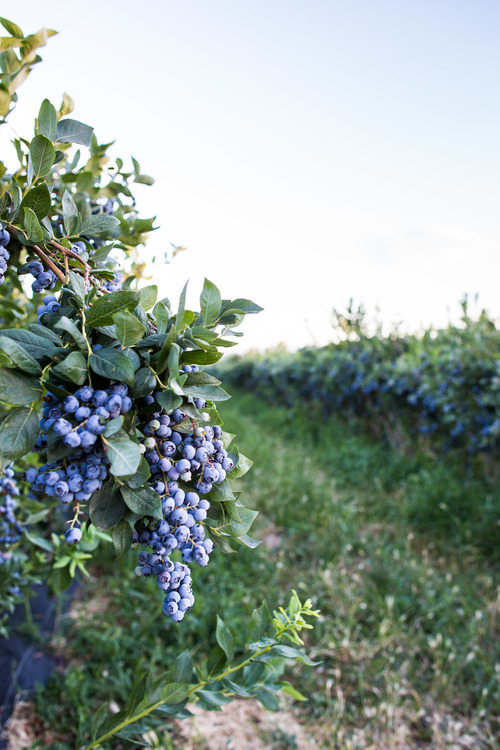
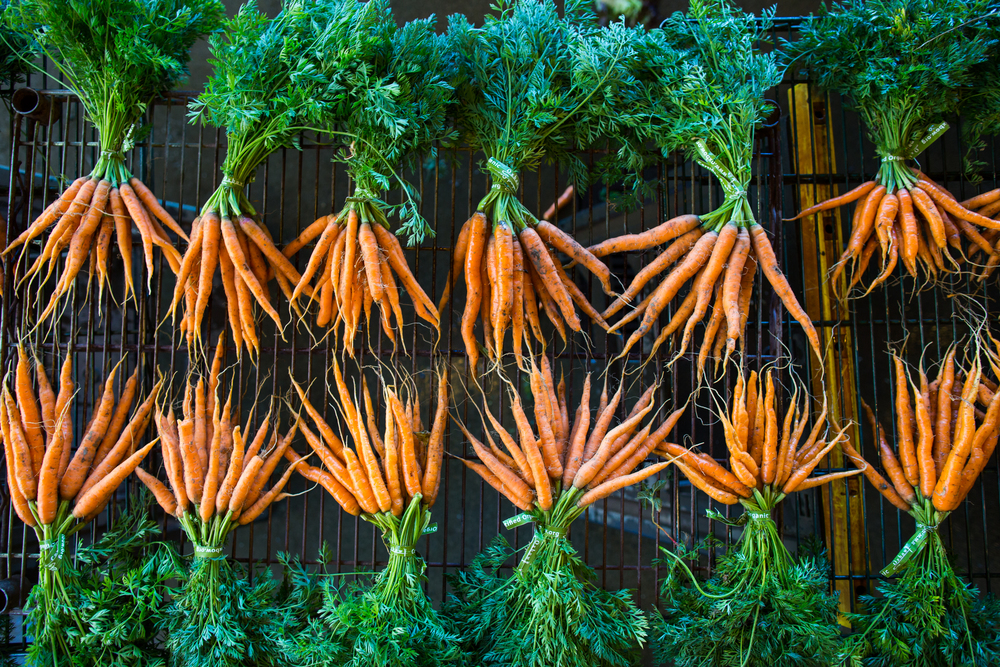
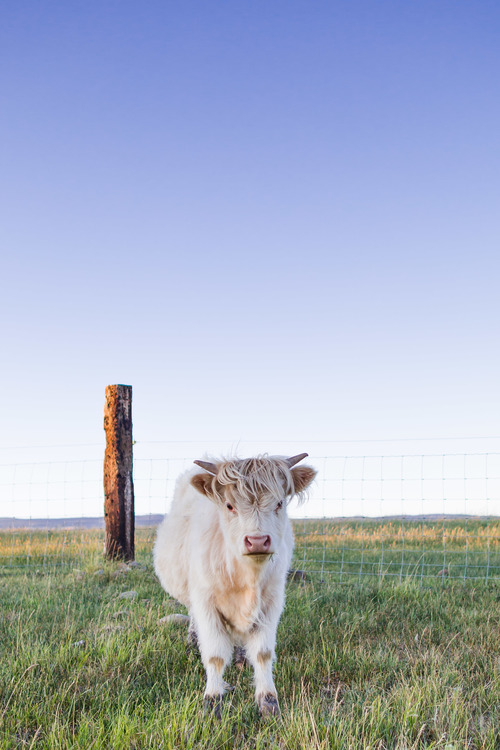
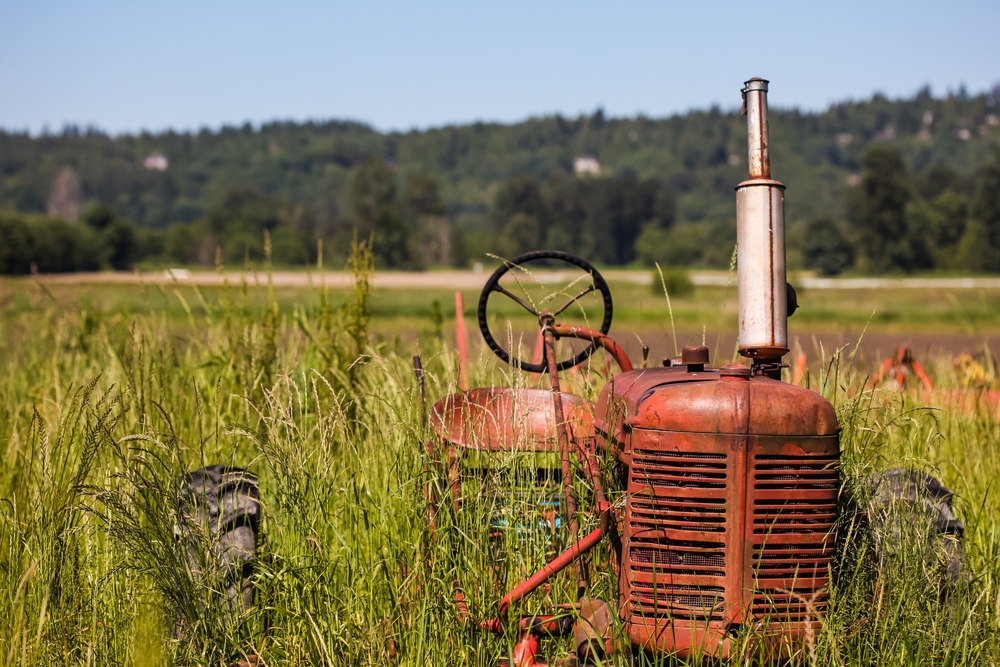
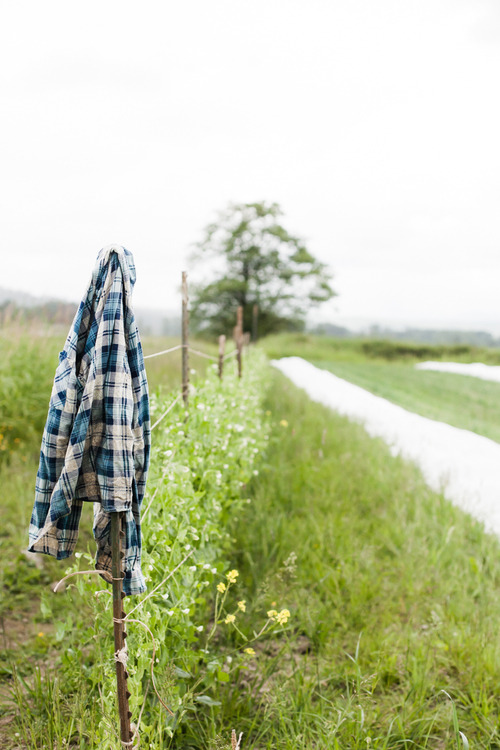
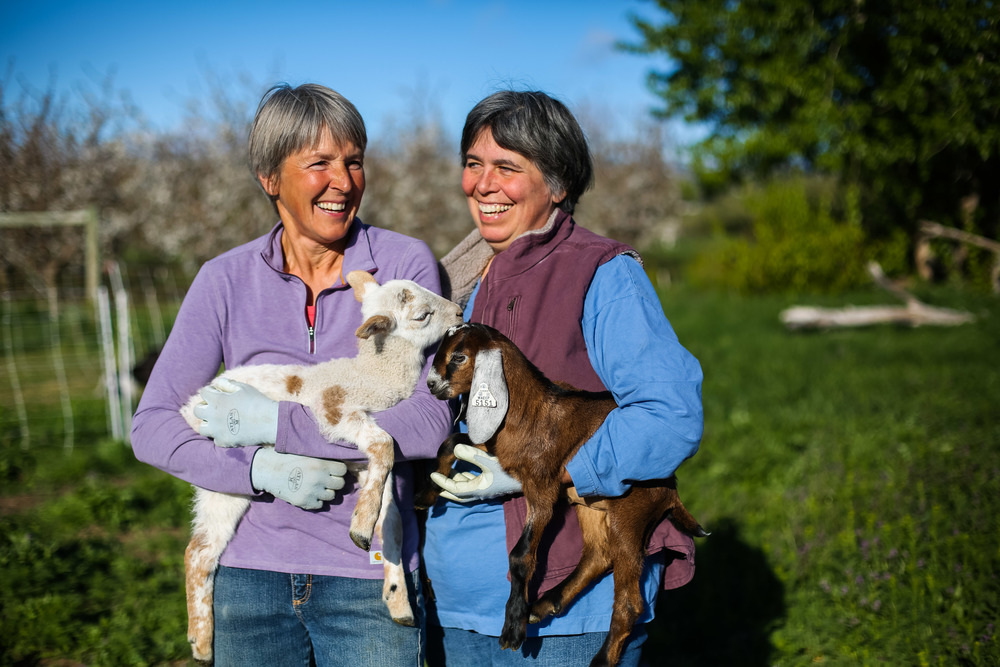
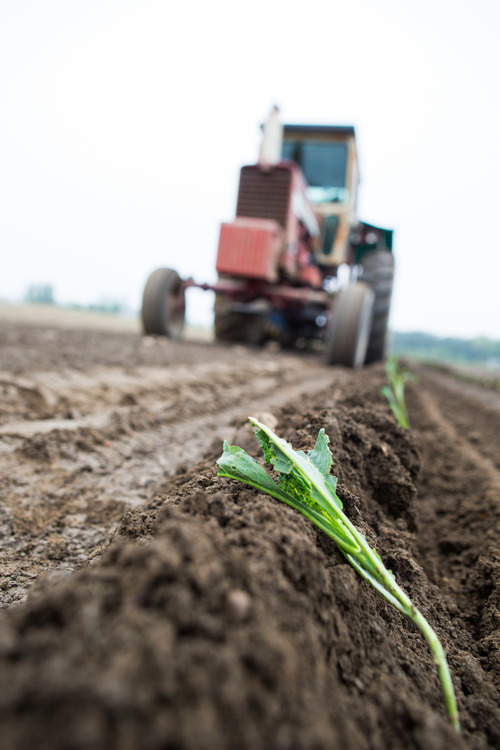
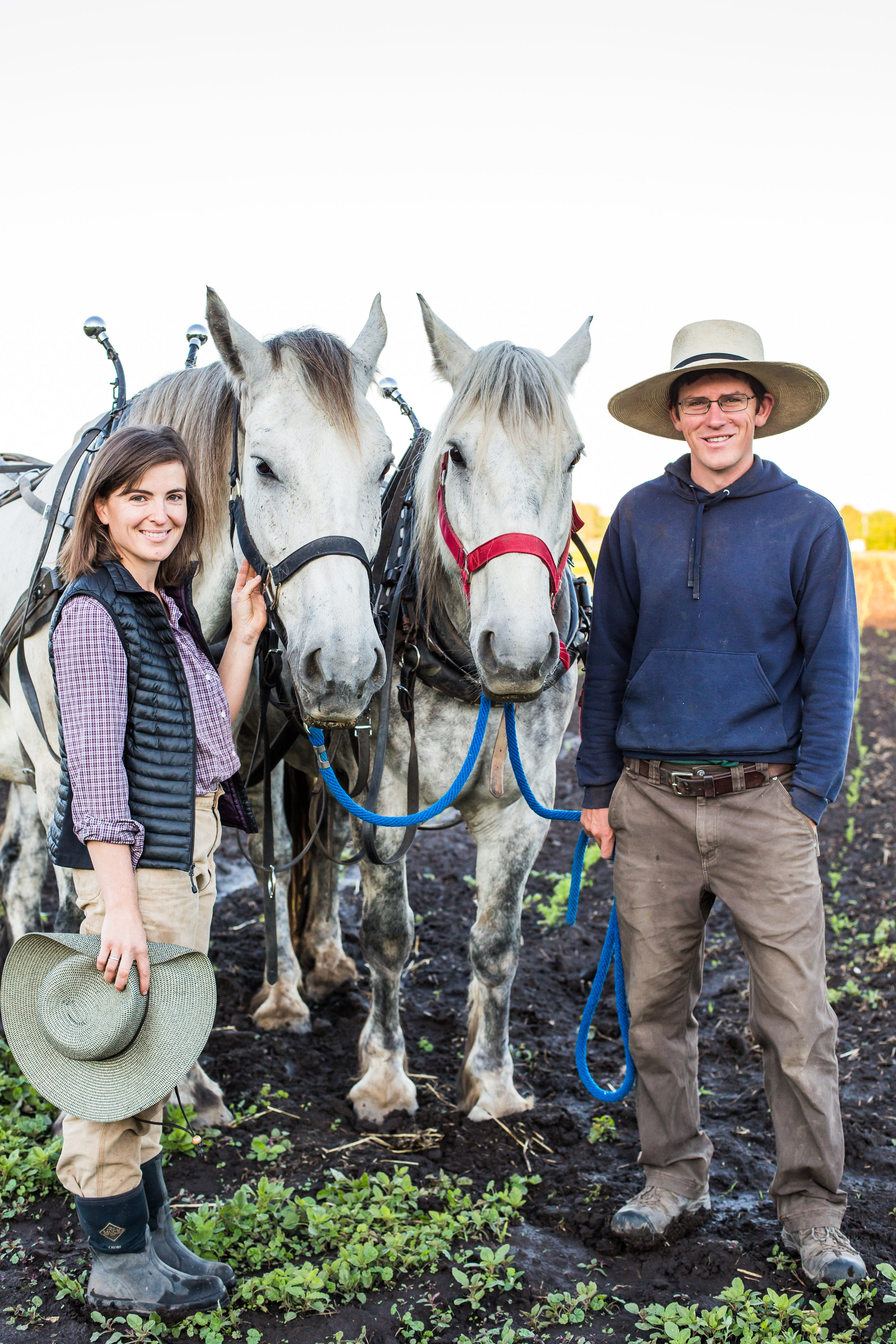
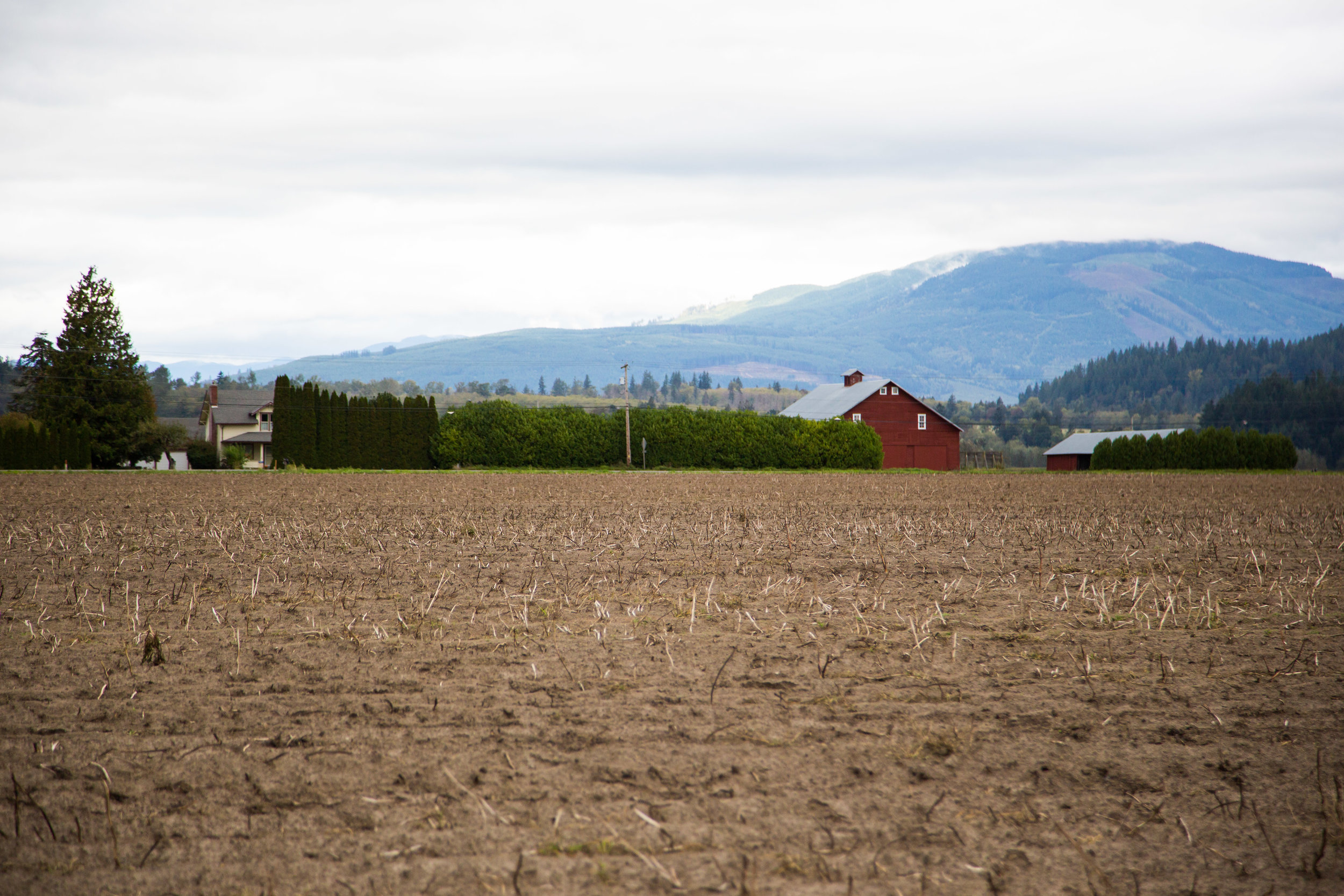
I hope this helps you in your efforts to tell your story. Its incredibly valuable, because as I said earlier - your story is your product. Here are the images that I mentioned above in my lesson of finding the story.
Helsing Junction Farm in Autumn


